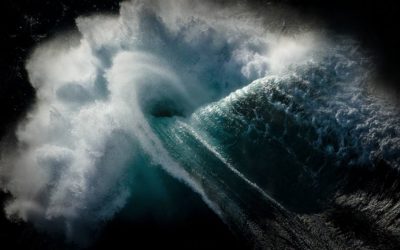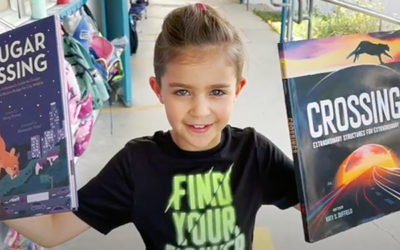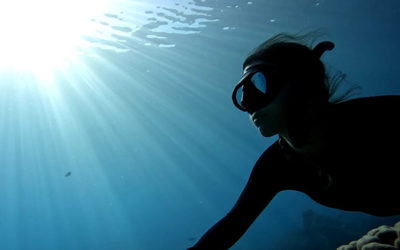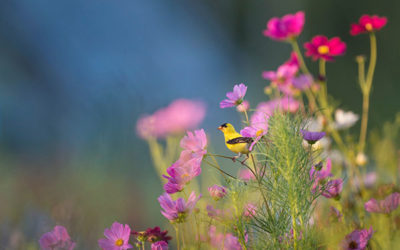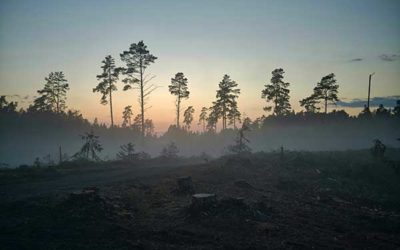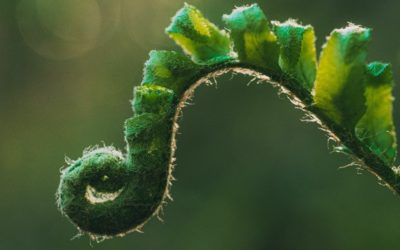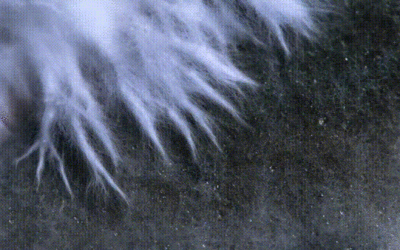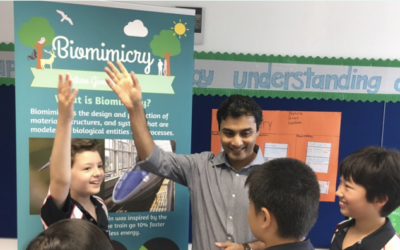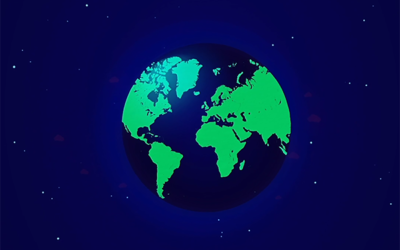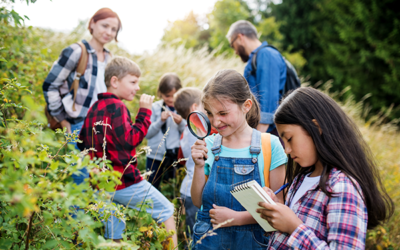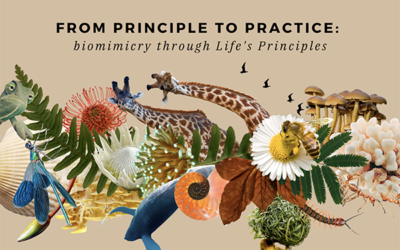News and Ideas from the Biomimicry Institute
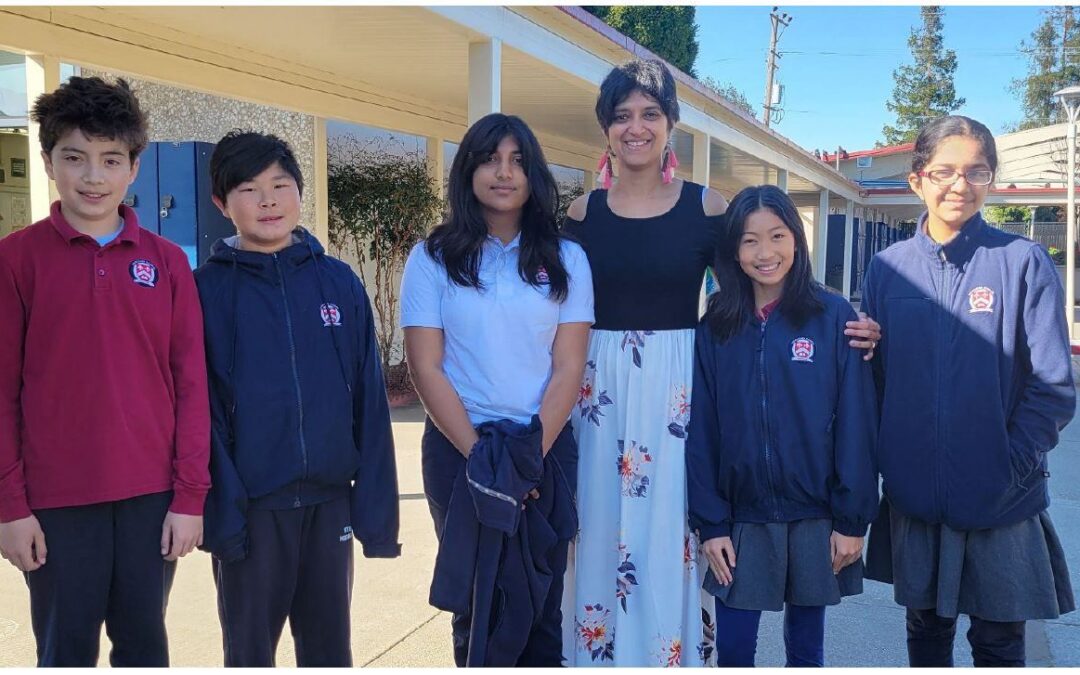
Biomimicry Institute Announces Winners of the 2024 Youth Design Challenge
The 2024 Youth Design Challenge saw remarkable participation from across the world, with submissions from 11 countries diving into the biomimicry process under the guidance of dedicated educators and mentors. From tackling issues ranging from flooding to droughts, and microplastics to algal blooms, the YDC winners have offered unique, nature-inspired ideas to solve local design challenges.
More Stories
6 Innovations Shaped by the Most Powerful Force on Earth
What does it mean when a shrimp shapes the future of aircraft, dolphins predict tsunamis, and invisible organisms help solve the plastic crisis? It means in a world dominated by market-driven solutions and rushed progress, it’s our billion-year-old planet that’s shaping the future of technology and commanding the attention of obsessed innovators, conservationists, and hardcore business folks. Just by being. Makes you think: Who are the real masters of technology?
Opening Doors: STEM Learning and Access for all
As both a teacher in a public school for over 20 years, and a nonfiction writer, the question of how to deeply engage my learners and readers is always on my mind. What is their entry point? How do they connect? I’ve discovered there are so many ways.
An Invitation to Be Curious, Learn, and Adapt
A decade ago I felt lost, confused, and anxious. I had just learned about climate change and was shocked the state of our planet wasn’t introduced to me sooner. Once my privilege bubble popped and I realized I was actively contributing to the problem, I immediately began changing my habits. But the more I learned, the more wicked the global quandary became. I marched for climate action, was trained by Al Gore and his team through the Climate Reality Leadership Corps, and joined a full-service public relations firm focused on sustainability. Still, I found myself paralyzed and distraught to find my place in the agency of change.
This Earth Day, Invest in Our Planet and AskNature
Bring biomimicry education into your community, further your own learning through professional development, and hear from practitioners in the new biographies series.
The Relationship Between Climate Change and Adapting Viruses
The movement to be more sustainable and to ‘go green’ has finally become a priority in many areas of the world. It has encouraged thousands of people to reevaluate the choices they are making and the many rippling impacts that those choices have. Many are demanding changes to the economy and industries that they purchase from to help them achieve sustainability goals.
What We Fear Most May Help Keep Us Alive
We know what’s at stake. It’s an active decision to pursue innovations and strategies that honor life for the long-haul versus choosing quickies that lead to our next extinction. And if fact-based efforts and “last chance” climate emergency conferences have hardly moved the needle (COP26 summit agreements resulted in 0.1 degree C from future climate breakdown) then maybe fear, or the very real fear of losing what we love, will.
A Look Back at 2021
We are proud of the major accomplishments we’ve achieved over the past year. Here is a snapshot of what we’ve been up to—made possible by the generous support of our global community. To read the full impact in our 2021 Year in Review report, visit biomimicry.org/impact.
The Nature of Fashion Turns to Action
The Design for Decomposition is a bold initiative to realign the underlying principles of both the fashion and waste management industries with the laws of physics and biology to create cascading benefits for climate, biodiversity, and social equity. Such an ambitious aim requires partners who are courageous and have vision.
Make a Difference on Giving Tuesday
Taken as a whole, you will make it possible for us to meet, and hopefully exceed, our goals. You’ll be helping to solve humanity’s biggest challenges with nature’s proven solutions. And you’ll get us all one step closer to securing a sustainable future for the next generation.
For every dollar you give today through the end of the year, the Kendeda Fund has generously offered to match your donation. Thank you for supporting our shared mission.
Sharing the Stories of Biomimicry Educators from Across the Globe
To help formal and non-formal educators learn from each other and pass on creative and effective ways to teach biomimicry, the Sharing Stories Project was born. The project’s interviewers reached out to educators across the globe who are using biomimicry to engage young people in solution-based thinking and inspire them to look at the natural world from a new perspective.
Benjamin Banneker: A Life Told in Cicada Years
The emergence of 17-year cicadas in the summer of 2021 revived interest in a paper Janet Barber co-authored about the role of Benjamin Banneker — a free African-American in 18th-century Maryland — as one of the first naturalists to record scientific information and observations of the insects.
Hope in Action – Learning from Nature to Solve Big Problems
Systemic, nature-inspired solutions exist to lessen, and ultimately reverse humanity’s negative impact on the planet, regenerating ecosystems and revitalizing human systems. We hope these case studies illuminate some of these human-caused problems, and show that if we turn to nature for solutions we may just come up with better performing alternatives.
Youth Design Challenge Enters its 5th Year: See What’s New in 2021-22 Program
Calling all middle and high school educators! The Youth Design Challenge opened registration today for the 2021-22 program cycle, and you can gain access to engaging instructional models aligned with the Next Generation Science Standards (NGSS). If you’re new to us, the Youth Design Challenge serves as a bridge from core concepts to advanced project-focused learning for students. We equip learners with the tools they need to solve the world’s pressing problems using the teachings of nature.
An Introduction to Life’s Principles
As you are reading this – maybe with a cup of coffee in hand, or with a breeze coming through the window – you are a part of an intricate and exquisite system of systems. Everything around you (and within you) is working, rather sneakily, to maintain the careful balance that keeps us all alive.

